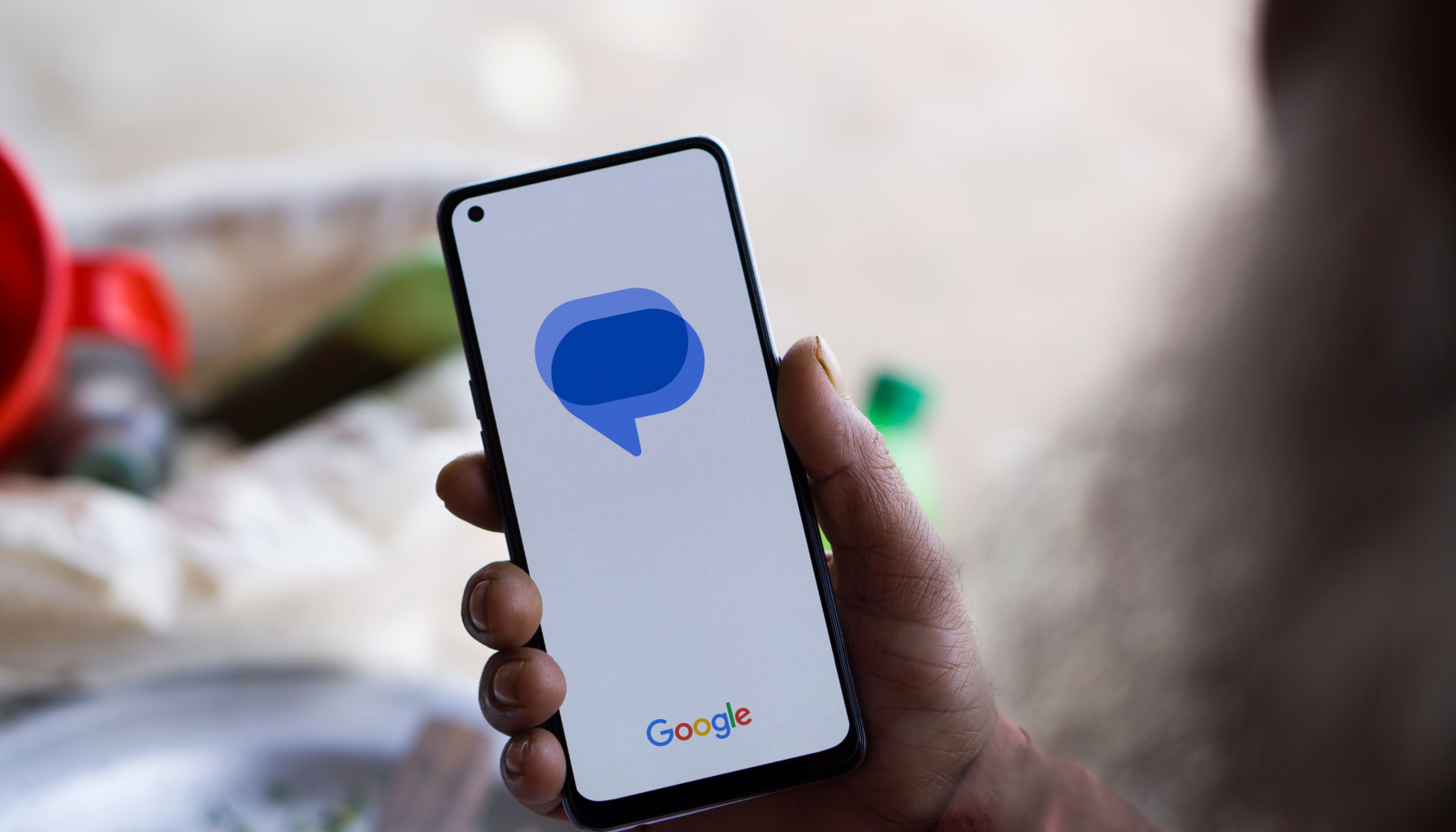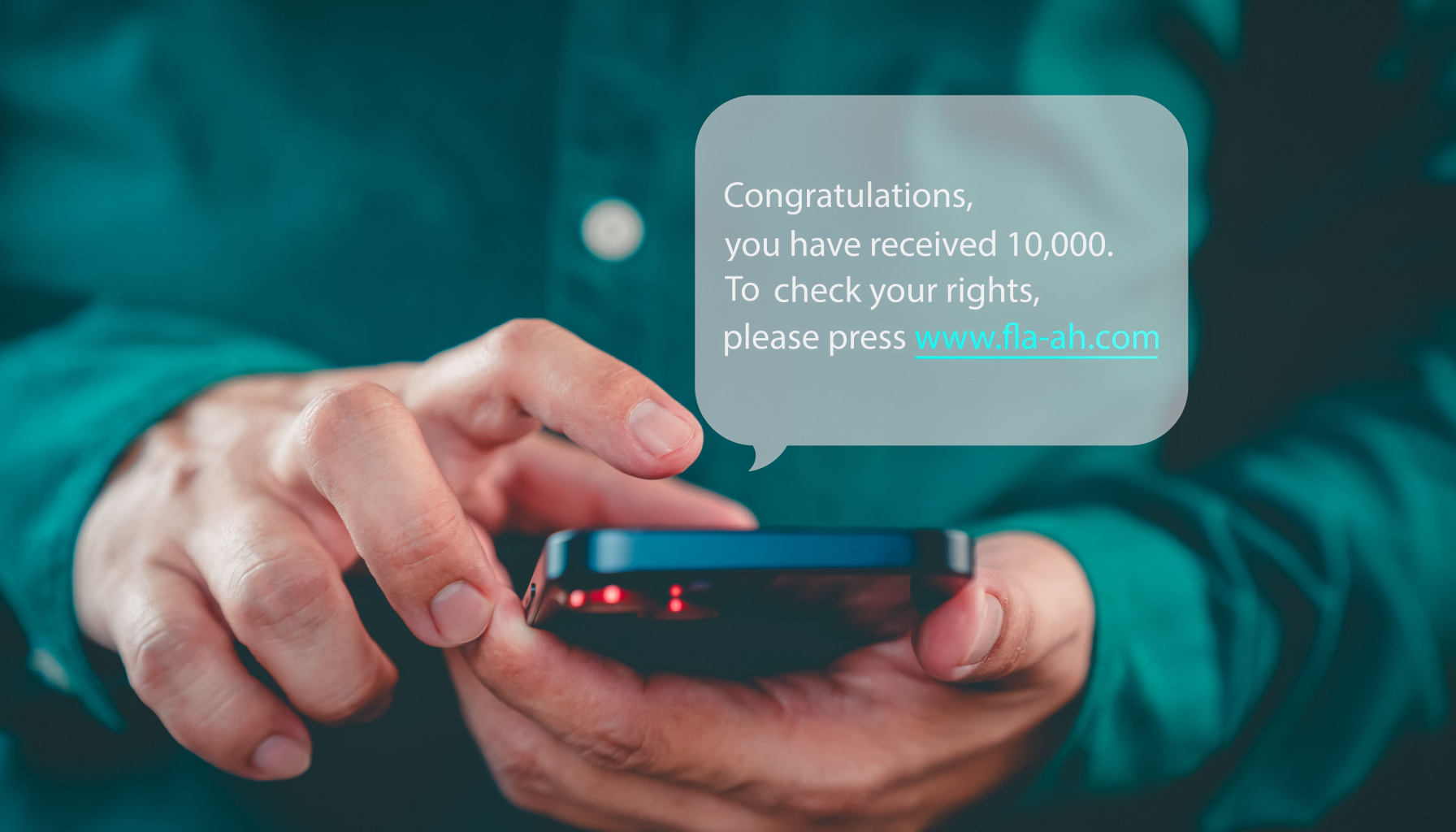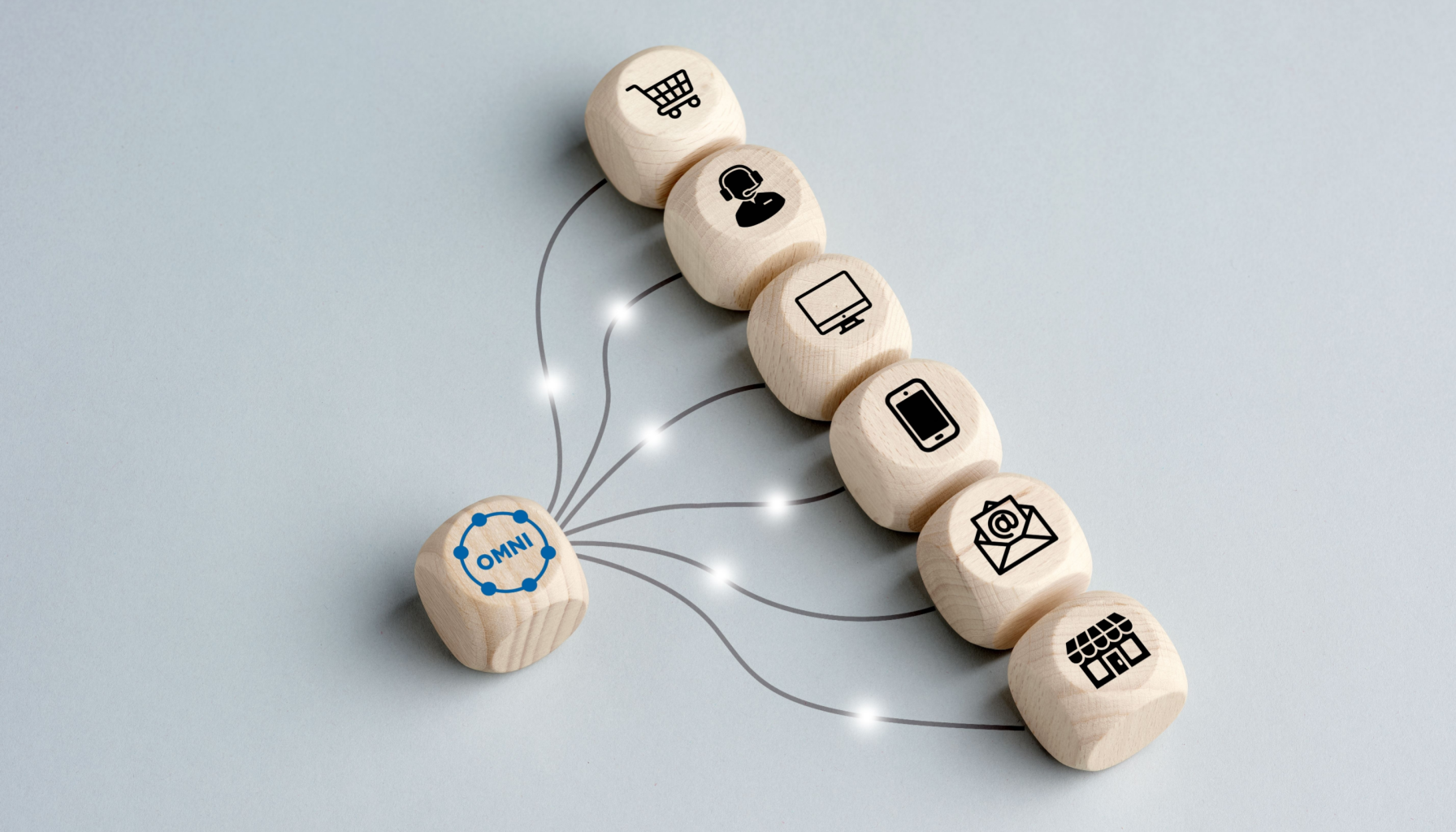Email & SMS Marketing: Amplifying Your Reach With a Multichannel Strategy

In the crowded digital landscape, standing out and keeping customers engaged can be an uphill battle. While social media and push notifications have their merits, email and SMS remain two of the most effective ways to connect with your audience. By combining these channels into a cohesive multichannel marketing strategy, brands can build trust, boost conversions, and drive long-term loyalty. In this article, we’ll explore how to optimize email and SMS marketing efforts, offering practical tips and best practices for maximizing your overall campaign impact.
Why Email and SMS Make a Powerful Pair
1. Expanding Reach and Visibility
Email has long been a go-to channel for marketers, boasting potential returns of up to 42:1 according to various industry reports. But while email is great for in-depth content, it doesn’t always guarantee instant engagement. Enter SMS—a channel with near-instant open rates that can reach customers wherever they are, right on their mobile devices.
- Email: Excellent for detailed messages, product storytelling, and visually rich newsletters.
- SMS: Perfect for timely alerts, flash sales, and concise messages when you need fast attention.
Combining both channels increases the likelihood your message will be seen and acted upon.
2. Omnichannel Consistency
Customers expect a cohesive brand experience regardless of the channel. Integrating email and SMS helps ensure consistent messaging—from product launches to loyalty program updates—so your audience can switch channels without missing key information.
3. Complementary Strengths
- Timeliness: SMS excels at immediate outreach (e.g., last-minute deals, appointment reminders).
- Depth & Personalization: Email can showcase more elaborate designs and segmented product recommendations.
Key Use Cases for a Combined Strategy
1. Promotional Campaigns & Flash Sales
- Email: Use beautifully designed newsletters and segmented offers to generate interest.
- SMS: Send time-sensitive coupons or reminders (“Flash sale ending in 3 hours!”) to drive urgency and higher open rates.
2. Cart Abandonment
- Email: Send a follow-up email with product images, highlighting what the user left behind. Offer free shipping or a small discount to sweeten the deal.
- SMS: A short, friendly text reminder can push them to complete the purchase. Include a shortened link to their cart for quick checkout.
3. Event Invitations & Confirmations
- Email: Provide all relevant details (schedule, location, map) with a call-to-action button for RSVP.
- SMS: Closer to the event date, send a short confirmation text or a reminder along with a link to add the event to their calendar.
4. Customer Feedback & Surveys
- Email: Distribute more in-depth surveys, providing multiple options or open-text fields.
- SMS: Send brief polls or rating requests for instant feedback, with a direct link to your online questionnaire if more input is needed.
5. Transactional Updates
- Email: Order confirmations, shipping updates, or subscription details offer comprehensive info.
- SMS: Timely “Your package is out for delivery” texts or quick “Payment received” notes keep customers informed in real time.
Best Practices for Integrating Email and SMS
1. Obtain Clear Consent
Regulatory standards like the TCPA (Telephone Consumer Protection Act) in the U.S. and GDPR (General Data Protection Regulation) in the EU require that consumers explicitly opt in to receive marketing messages via SMS and email. Make sure your sign-up forms clearly state what customers are subscribing to and provide an easy opt-out method.
2. Segment Your Audience
Personalization goes beyond just inserting a first name. Leverage purchase history, demographic info, and past engagement behavior to tailor messages across both email and SMS. For instance, a customer who opens your weekly newsletter regularly but never redeems SMS offers might prefer more detailed email messaging and fewer texts.
3. Coordinate Timing and Frequency
Avoid overwhelming your audience or “cannibalizing” one channel by sending the same content simultaneously. Instead:
- Staggered Approach: Send an email campaign first, followed by an SMS reminder a few days later.
- Behavior-Triggered Timing: If someone ignores your email, follow up with an SMS. If they clicked the email link, consider sending a different SMS with a complementary offer.
4. Maintain Consistent Branding
Though the format differs—email being more visual, SMS more concise—maintain your brand voice, tone, and style. Consistency builds brand recognition and reinforces credibility across channels.
5. Measure, Test, and Optimize
Multichannel marketing requires ongoing monitoring of open rates, click-through rates, and conversions.
- A/B Testing: Experiment with different send times, content, and calls-to-action.
- Feedback Loops: Collect customer feedback about message frequency and preferences.
- ROI Tracking: Link each campaign to specific metrics, such as new sign-ups, total revenue, or click-to-purchase conversion rates.
Design Tips for Emails and SMS
Email: Making an Impact in the Inbox
- Mobile-Responsive Layout: Over half of emails are opened on mobile devices. Keep designs clean and minimal.
- Clear CTA Buttons: Make your call-to-action stand out with contrasting colors and concise text (e.g., “Shop Now,” “Learn More”).
- Personalized Subject Lines: Use dynamic fields and segmentation to address customers’ specific interests.
SMS: Short, Sweet, and Effective
- Concise Copy: Aim for 160 characters or less.
- Branded Sender ID: In supported regions, show your brand name as the sender for immediate recognition.
- Include a Strong Call-to-Action: Use short links (UTM-tagged if possible) for tracking clicks and conversions.
Omnichannel Strategy: Beyond Email and SMS
Email and SMS are a powerful duo, but they don’t exist in a vacuum. Consider integrating:
- Push Notifications (for real-time app or browser alerts)
- Social Media Messaging (Facebook Messenger, WhatsApp)
- Chatbots (to automate responses and guide users to relevant info)
By aligning these channels, you create a truly omnichannel experience that meets your customers wherever they are.
Real-World Success Story
Imagine a fashion retailer running a 48-hour flash sale.
- Email Blast (Day 1): They send a stylish, image-rich newsletter showing off the sale items.
- SMS Reminder (Day 2): A short, direct text: “Hurry! 24 hours left in our flash sale. Click here to grab your favorites: [short link].”
- Result: The retailer sees a 30% higher revenue from the campaign compared to running email-only promotions.
By combining email’s ability to engage customers with in-depth visuals and SMS’s instant reach, the retailer doubled down on conversions and avoided losing momentum or letting potential shoppers forget about the sale.
Conclusion
Mastering the art of email and SMS marketing can propel your brand’s communication strategy from good to exceptional. Whether you’re aiming to increase open rates, boost sales, or improve customer loyalty, using both channels in tandem ensures you cover multiple touchpoints in your customers’ journey.
Remember to respect privacy laws, maintain a clear opt-in process, and offer personalized content that speaks directly to your audience’s needs. With thoughtful planning, consistent branding, and continuous optimization, you’ll be well on your way to building an effective multichannel approach—one that not only captures attention but converts interest into long-lasting relationships.




